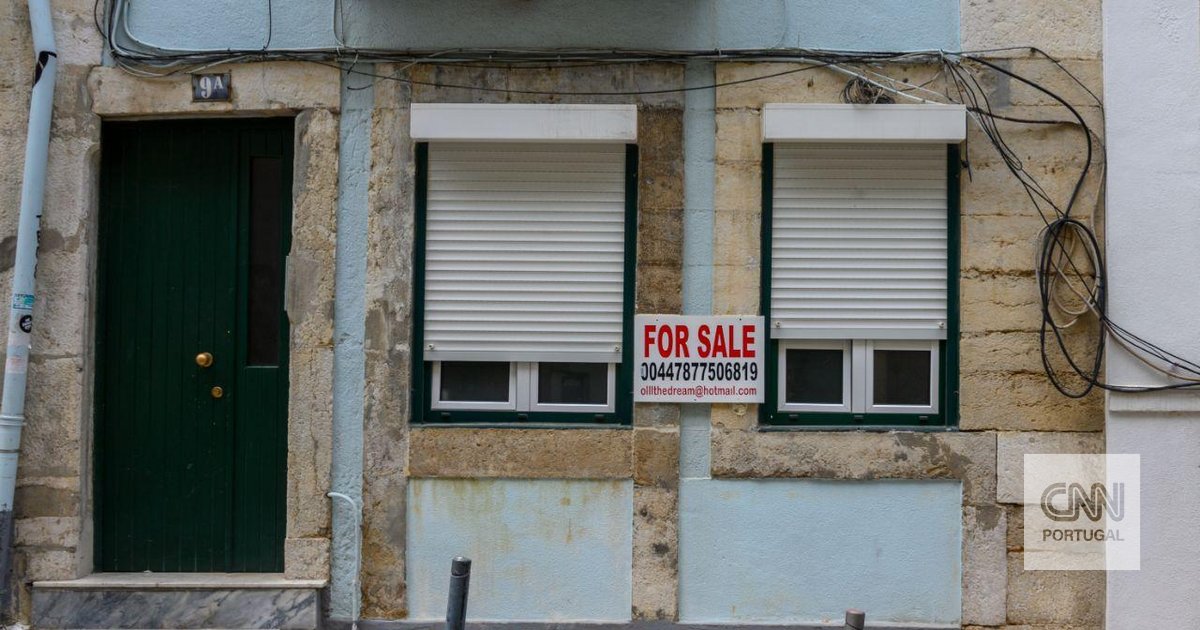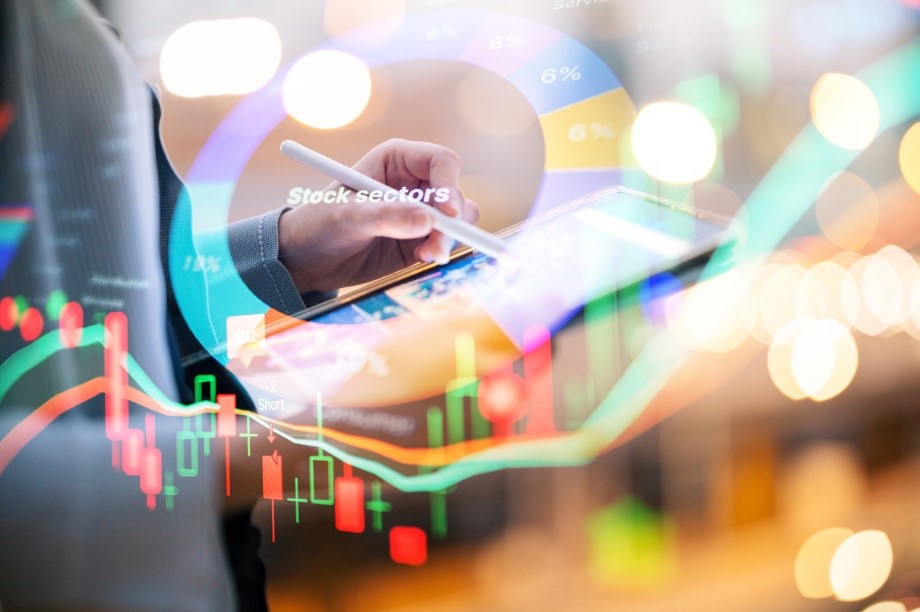Loss of purchasing power, tightening credit restrictions, an increase in the Euribor rate and a possible change in bank spreads… The real estate market may slow down, but industry experts say that house prices are unlikely to fall to a level worth waiting for
No turning back: Euribor rates, which serve as a benchmark for home loans, will achieve a positive result across all timelines later this year. Six years later 12-month index stopped being negative in April. The same should happen in June with the 6-month Euribor most commonly used in mortgage contracts in Portugal. Ah, there for October, in a three-month period.
The market outlook is that in a year, in May 2023, the 1.5% barrier will already be exceeded for at least two maturities of these base rates. Investors estimate that the 12-month Euribor is 1.75% at the time and 1.54% for 6 months. But the growth does not stop there: until the end of next year, the indicator should continue to grow.
“As of November 2023, the market expects rates to stabilize,” explains IMF analyst Filipe Garcia – Financial Markets Update. So anyone who wants to buy a house or already has an adjustable rate mortgage should expect an increase in the interest rate at each of their installment revisions.
Attention, Euribor may not be the only one
There’s a price at which pundits heard by CNN Portugal aren’t as unanimous in expecting growth: “spread.” That is, the cost charged by the bank for lending money. Will it increase in new contracts?
“This does not seem like a predictable scenario to me. We would have to face great financial difficulties from the banks,” explains Filipe Garcia. But if it grows, it could put even more pressure on families who want to take out a home loan.
Banks tend to apply a spread of around 1.5% on average, says Fiipe Garcia. Which, taking into account the negative Euribor of recent years, forced families to pay interest of about 1% at the end of last year. Thus, for a loan capital of 100 thousand euros, the annual amount of interest will be one thousand euros. In May next year, if the spread continues, the cost of interest will be about 3250 euros per year (taking into account the positive Euribor and 1.75%, explains Filipe Garcia). However, the analyst says he expects growth in 2023 to be less intense than the market is predicting today.
Nuno Rico, an economist at Deco Proteste, acknowledges that the spread weight on new contracts could rise “in the face of deteriorating economic conditions” as banks find a way to mitigate risk as much as possible.

Buying a home now faces additional uncertainty (Getty Images)
Now or when?
As the 12-month Euribor approaches 2% by the end of 2023, the question is: “now or never” for those who are already planning to buy a house? The final decision is always yours, but given the signals that the market is giving, there are experts who point in that direction.
“The days of cheap credit may be numbered,” says Nuno Rico. And Pedro Lino, economist and administrator at DIF Broker and Optimize Investment, is inclined to agree: “For those who were already planning to buy a house next year, we are reaching the limit.”
Because the market is returning to what it has always been. After years of abnormally low (even negative) rates, which sharply spurred demand for credit, inflation dynamics were already pushing for a trend reversal, and the war in Ukraine only strengthened it.
Will there be an increase in Euribor that will again put families in a difficult position? History comes into play here, with reference to Euribor rates of 5% during the last financial crisis in 2008. “Then the consequences will be devastating for families,” Nuno Rico describes.
Hope for a market correction
With families losing purchasing power and borrowing costs rising, there may still be a horizon of hope for those looking to buy a home: the expectation that as restrictions tighten and the real estate market weakens, prices may fall.
But experts interviewed by CNN Portugal warn that for this reason it is better not to delay the purchase decision, not least because the supply remains limited by the country’s needs.
“We shouldn’t expect house prices to go down,” says Ricardo Guimarães, director of Confidencial Imobiliário. At best, he says, this new reality will create demand for other types of offerings. And Filipe Garcia reinforces: “I would venture to say that prices are falling hard with great difficulty. I believe there will be fewer transactions.”
“More than 80% of Portuguese families buy houses on credit. If credit is relatively more expensive and scarce, then naturally most of the demand tends to have more trouble buying,” admits Gonzalo Nascimento Rodriguez, real estate finance consultant.
















